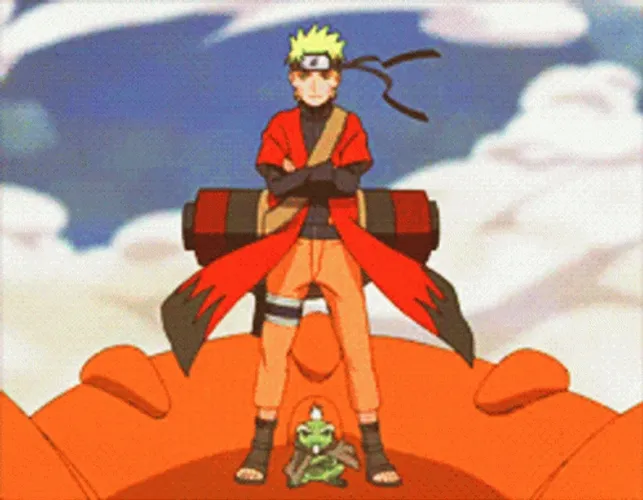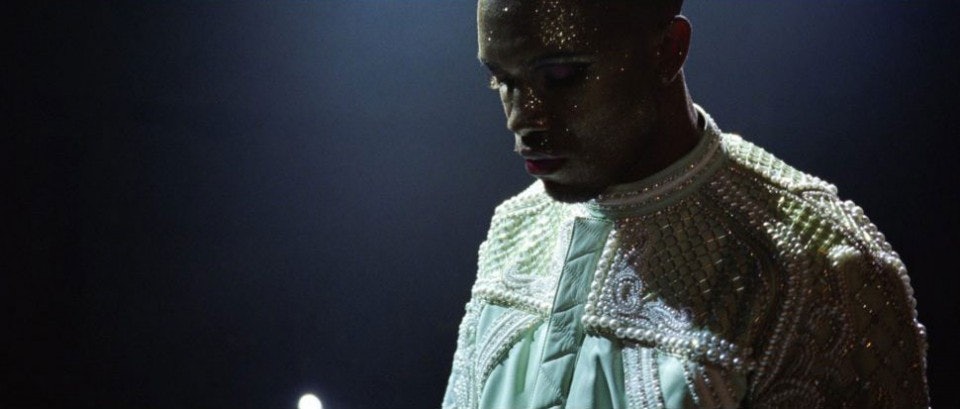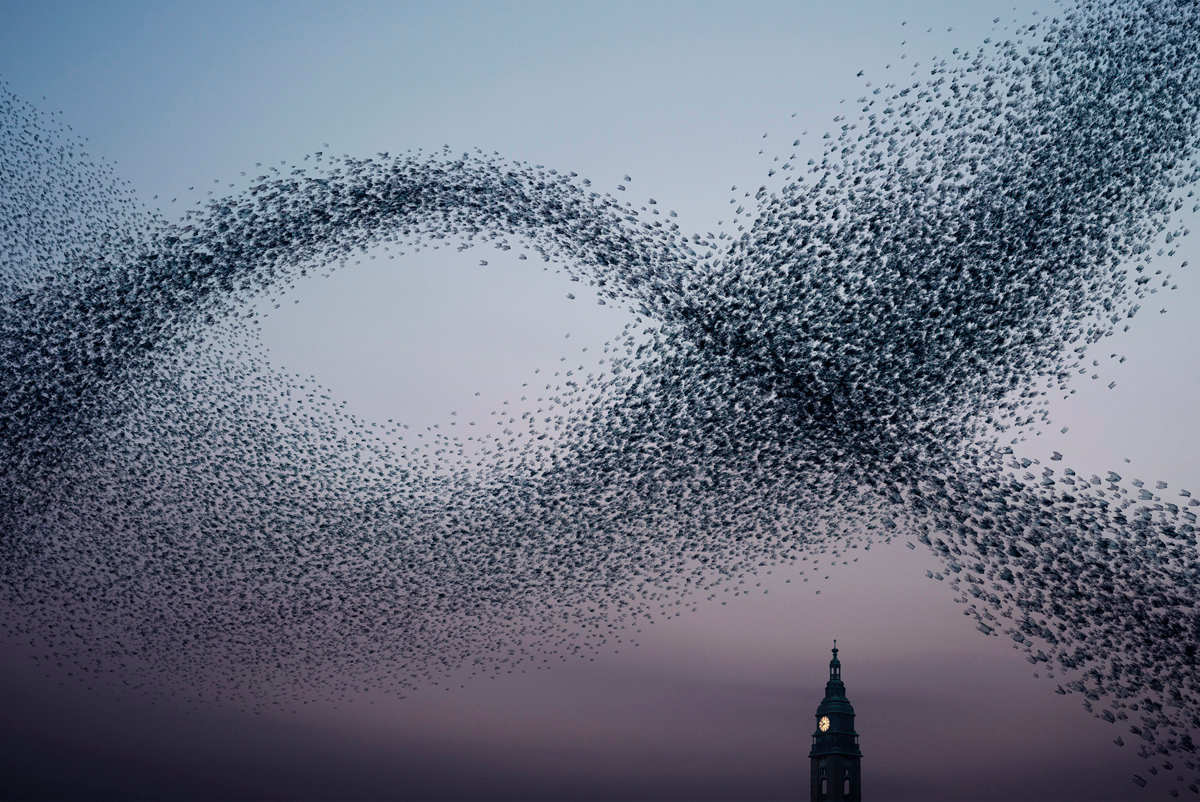2017 is the year of Frank Ocean.
Ok, to be fair, Frank Ocean is my favourite artist (of all time!) and this proposal may be laced with hyperbole considering April isn’t even over, but the man has had an incredible output in 2017 so far. Frank fans went from famished to obese in the space of nine months. Following his debut record channel ORANGE in 2012, Frank hit the switch on hibernation mode. Between 2012 and 2016 he limited his appearances to rare sightings and guest verses on tracks like Beyoncé’s Superpower and John Mayer’s Wildfire among other big names, as the world presumed he was hard at work on that highly anticipated sophomore record.
Everything changed when the calendar rolled over to August 2016, and on the first day of the month a livestream was launched on his website. This effectively marked the beginning of a new Frank Ocean (and a new me: I spent every night from the 1st to the 20th with a headache, lying in a half-awake state, dreaming twisted dreams about release dates and the possibilities of new stuff), a man who made his own rules. Spoilers: the livestream culminated in a visual album, Endless, released on the 19th, which fulfilled (and freed) him from his contract with Def Jam, a signal of his new creative independence. A day later Frank followed this with (what could be the greatest album of all time) Blonde, the ‘real’ album, a departure from channel ORANGE‘s RNB-inspired ballads, an avant-garde mix of soul and pop exploding into the musical stratosphere. Frank was officially back. I slept like a baby that night.
Of course the independent release and giant ‘middle finger to the man’ of Blonde stirred some noise at Universal as Frank took to Apple Music as his platform of choice, their model appearing a beacon of hope in the world of ‘independent’ artistry. Blonde received 20 days exclusivity on iTunes and Apple Music before being deployed to all the regular streaming services, following in the footsteps of proud independent artist Chance the Rapper, who himself released his latest mixtape Coloring Book (discarding the word ‘album’ as a gesture to the independence and ‘freeness’ of his music) with two weeks Apple Music exclusivity. These deals generated conversation about ‘true’ independence in the music industry, new canals for music releases and in many ways foreshadowed the launch of Frank’s new endeavours. In light of their (semi?-)post-industrial approach, both artists have earned comparisons to Prince (imo Frank’s comparison more apt in its ideas of breaking down walls of sexuality and identity of black artists) in their rejection of the traditional hierarchy, their “finding a way to use the system to serve their music, rather than becoming servants of the industry“.
After four years of waiting and being fed two full length releases in such a small period of time, no one expected to be eating again so soon; the dust had hardly settled on Blonde and everyone was strapped in for another elongated interval of radio silence. No one expected a plate of scraps, let alone the buffet that followed. Fast forward to the end of February this year and badabing badaboom! banzanga!, here’s your first episode of Frank’s new blonded RADIO, a radio station on Apple’s free-to-air Beats 1 radio, accompanying the release of Slide by Calvin Harris (feat. Frank Ocean). The man was back in the driver’s seat. It was smooth sailing from here on out; “oh, you’re happy about that release? Here’s the next episode of blonded RADIO with a new song, and another episode with a new song, and just if you’re feeling lucky, have this: another episode with a new song” (real quote). The famine was over. New Frank was pouring out of every crack in the sky straight into the mouths of every starved stan.

Frank going independent following Endless was a blessing; his output in the time succeeding is representative of the post-industrial media era that is increasingly becoming the norm. No more big labels. No more quotas to fill. Using the framework of industrial media to launch his career, Frank developed a fanbase that was loyal to him as an artist, not just as a brand (influenced by his reclusive persona); he absorbed the way things were now done and then cut the cord. Within two months he has released 4 songs (three to his name, one feature) with little-to-no release dates, a simple tweet by Beats 1 or a post on his personal tumblr a mere few hours (or minutes) before the episode airs to generate a stir (followed by a press release no doubt) and act as a signal for new music.
As we know, streaming services have already changed the game up drastically and Apple Music Radio’s new relationship with artists, foregrounding their creativity is telling in terms of the messy shift from an industrial to post-industrial era. blonded RADIO can be streamed without an Apple Music subscription on Beats 1 radio (opening the service up to the ~700 million iPhone users that have the Music app integrated into their phones), and Frank’s releases eventually roll out worldwide on streaming services to all. As the endgame for this new radio project remains ambiguous one finds solace in this remark from his first interview post-Blonde:
“Because I’m not in a record deal, I don’t have to operate in an album format. I can operate in half-a-song format.”

Of course, I don’t have the answers to any of this. What’s going on under the hood is undoubtedly a complex process and this simplification of these underlying structures is bold but I’ll take any chance to lament on the secrets of my favourite musician (and this isn’t even touching on the alternative versions of his new songs, their features and some stuff on the low-fi/high-fi dynamic). His seemingly autonomous approach to releasing music post-Endless (ties to Apple Music leave some things unknown) could lead the way in revolutionising the way music releases currently roll out. But let’s not get ahead of ourselves; for now, let’s wait and see. This ‘half-a-song format’ may just become the norm.



